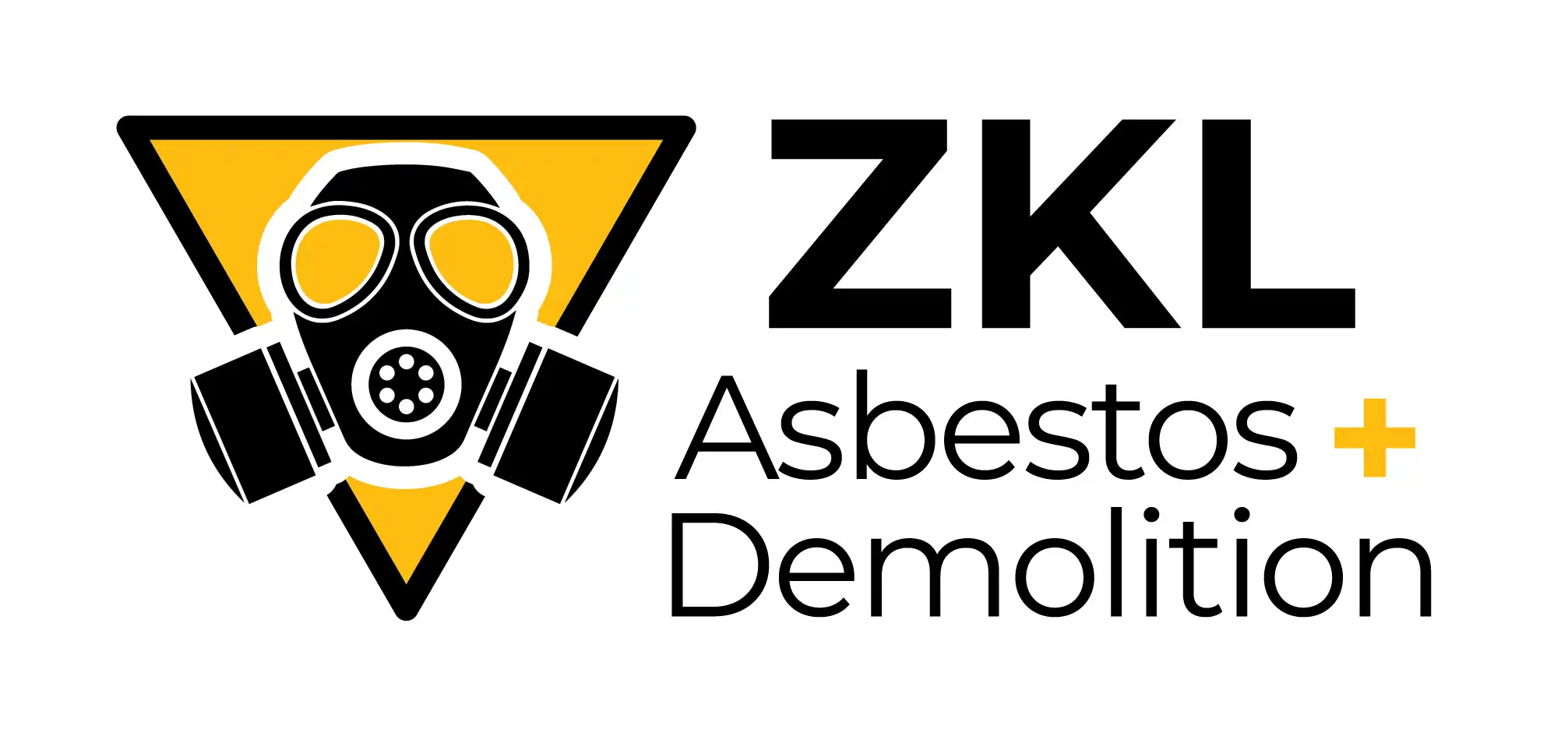Understanding the Different Types of Asbestos: Which Ones Are in Your Home?
Posted August 16, 2023
When considering building materials from past years, asbestos stands out as one of the most controversial. Once prized for its fire resistance and durability, we’ve come to recognize the significant health hazards it presents. If you’re wondering about the types of asbestos and if they might be lurking in your residence, you’ve come to the right place. Let’s get started!
The Once-Prized Material: Asbestos
There was a time when asbestos was everywhere. From construction sites to home renovations, this material was the go-to choice for builders. Mining it was a booming business, and many structures had asbestos components.
The Many Faces of Asbestos
Asbestos is not just one thing. It’s a term that encapsulates several minerals, each with its unique characteristics. ZKL Asbestos often gets queries about these, so let’s break them down:
- Chrysotile (White Asbestos)
- Soft and pliable, it’s different from other types.
- Often found in roofing, walls, and ceilings.
- Amosite (Brown Asbestos)
- Straighter fibres and more brittle.
- Typically used for fireproofing and insulation.
- Crocidolite (Blue Asbestos)
- The thinnest fibres, making it the most harmful.
- It was commonly used in ceiling tiles and insulation.
- Tremolite Asbestos
- Not as common in commercial products.
- Can be found as a contaminant in chrysotile asbestos.
- Actinolite Asbestos
- Dark in color and not often used commercially.
- Sometimes found in vermiculite gardening products.
- Anthophyllite Asbestos
- Rarest form and typically grey-brown.
- Least likely to be found in your residence.
Spotting Asbestos in the Home
While it’s not always easy, there are some red flags to watch out for:
- Brittle or crumbling construction materials.
- Old insulation that appears fluffy or fibrous.
- Floor tiles from mid-century homes.
- Popcorn ceilings or textured paint.
If you believe you’ve identified something, don’t disturb it! Disturbing asbestos-containing materials releases the harmful fibres into the air.
The Serious Health Concerns
You’ve probably heard whispers or read articles about the dangers. Here’s what you need to know:
- Asbestosis: A long-term lung condition from prolonged exposure.
- Mesothelioma: A rare cancer directly linked to asbestos exposure.
- Lung Cancer: Especially in those who have had prolonged exposure.
- Other Respiratory Diseases: Prolonged exposure can cause a host of breathing-related issues.
Safe Ways to Deal with Asbestos
If you’ve found or suspect asbestos in your home, it’s critical to approach the situation correctly. Here’s a game plan:
- Don’t Disturb: Leave it be, especially if it’s not damaged.
- Consult with Professionals: Reach out to companies like ZKL Asbestos for expert guidance.
- Testing: If unsure, a sample can be sent for professional testing.
- Professional Removal: If it needs to go, hire licensed experts to do it right.
The Modern Stance on Asbestos
We’ve come a long way from once thinking asbestos was the best thing since sliced bread. Regulations have tightened, and public awareness has grown:
- Regulations Tightened: From widespread use to strict restrictions.
- Public Awareness: As health concerns became undeniable, public campaigns spread awareness.
- Safe Work Protocols: Stringent guidelines ensure worker and public safety.
In Summary
The journey with asbestos has been a learning curve, from its widespread use to the knowledge of its hazards. If you suspect its presence in your home, it’s vital to take action cautiously. Reach out to trusted professionals, like ZKL Asbestos, to ensure your home remains a safe haven.
Remember, knowledge is power, especially when it comes to ensuring the safety and well-being of our loved ones.
